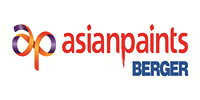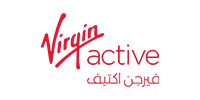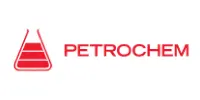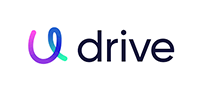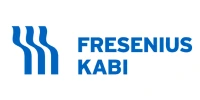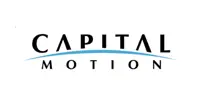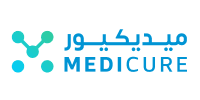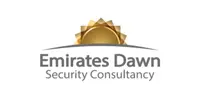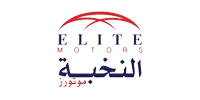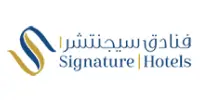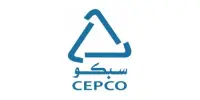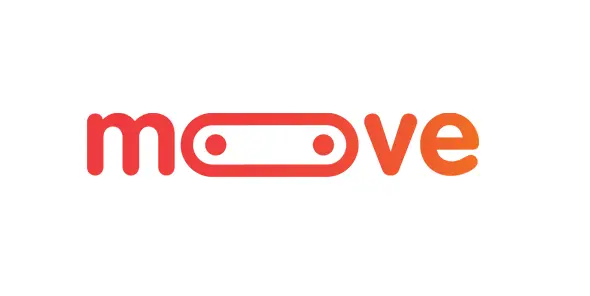Sale Ends in
Days
Hours
Minutes
Seconds
-
HRTimesheetLearning Management System
In a world where business landscapes are rapidly evolving, organizations are beginning to realize a simple but powerful truth: people are the driving force behind sustainable success. No longer can performance be managed through outdated, annual reviews or rigid ranking systems. Today’s workforce demands more—more feedback, more alignment, and more opportunity to grow.
This e-book, “Performance Management Unlocked”, is born out of a need to demystify and modernize how organizations think about, implement, and benefit from performance management systems. From ancient origins to digital transformation, the concept of performance management has evolved from being a periodic HR ritual to a strategic, continuous process that fuels productivity, engagement, and organizational growth.
As businesses become increasingly knowledge-driven and innovation-focused, leaders and HR processes must rethink traditional models and embrace systems that foster agility, clarity, and empowerment.
"You don’t build a business – you build people – and then people build the business."
John Doe Tweet
In today’s dynamic and hyper-competitive business landscape, success is no longer dictated by capital investment alone—it hinges on human capital. Organizations that truly understand and prioritize the development and management of their workforce tend to outpace the rest. At the heart of this competitive edge lies an organization’s ability to attract, retain, and motivate top talent.
This understanding has transformed the role of Human Resource Management (HRM) from a support function into a strategic partner in business success. Among the most impactful tools driving this evolution is the Performance Management System (PMS).
This e-book explores the origin, current landscape, challenges, and future of PMS, with a strong focus on continuous performance management and the power of digitization in transforming employee performance and organizational outcomes.
The evolution of workplaces—from manufacturing to technology and services—has necessitated a complete overhaul of traditional performance systems. The modern employee is not just a cog in the machine but a knowledge worker whose creativity, innovation, and collaboration drive success. For this the performance reviews are much needed.
Traditional performance systems focused heavily on year-end reviews to determine promotions and pay. Today’s organizations realize that this model fails to:
As a result, the performance management process has transformed into a strategic, continuous, and collaborative function.
Modern PMS platforms typically include:
Performance is now seen as a conversation—not an annual verdict.
Trusted by Leaders in Every Industry to Optimize HR, Automate Processes, and Maximize Efficiency.

The transition from rigid, annual appraisals to Continuous Performance Management (CPM) is not just a trend—it’s a strategic necessity in the modern business landscape. Companies today operate in fast-paced, ever-changing environments where waiting 12 months to assess and develop talent is no longer effective. CPM offers a more agile, transparent, and human-centered approach to performance improvement. Here are the expanded benefits that organizations gain from adopting this model:
One of the greatest advantages of CPM is its responsiveness. Employees no longer have to wait months to receive input on their work. Instead, real-time feedback enables continuous learning and improvement, allowing issues to be resolved quickly and successes to be reinforced immediately. This agility is especially crucial in industries where goals and priorities shift frequently, such as tech, marketing, or startups.
Additionally, quick feedback loops foster a fail-fast, learn-fast culture—encouraging innovation and calculated risk-taking while reducing fear of mistakes.
Regular performance discussions create a culture of openness and ownership. Employees feel more involved in shaping their goals, career paths, and professional growth. This empowerment leads to increased motivation, accountability, and job satisfaction.
Engaged employees are proven to be more productive, loyal, and committed to delivering high-quality outcomes. In fact, companies with highly engaged teams show 21% greater profitability, according to Gallup.
Modern CPM tools often integrate OKRs (Objectives and Key Results) or similar frameworks to link individual performance with broader company goals. This ensures that every task and initiative is contributing directly to business priorities.
Such alignment not only boosts productivity but also provides clarity, helping employees understand the “why” behind their work—which is a major driver of intrinsic motivation.
Annual reviews often feel like judgment days, reinforcing hierarchy and creating stress. In contrast, continuous feedback promotes a collaborative coaching relationship between managers and employees. Regular one-on-one conversations become a platform for mentorship, problem-solving, and support.
As a result, employees are more likely to approach their managers with concerns or ideas, leading to a more inclusive, communicative, and psychologically safe work environment.
Modern performance management systems come equipped with powerful analytics and dashboards. These tools track feedback trends, goal achievement rates, skill gaps, and engagement levels. Such data helps HR and leadership teams make informed decisions on:
This shifts decision-making from subjective opinion to objective, measurable insights, ensuring fairness and transparency.

Ultimately, performance management is not about the tools—it’s about the culture. A successful PMS implementation is one that:
Key Practices to Foster a Performance Culture:

